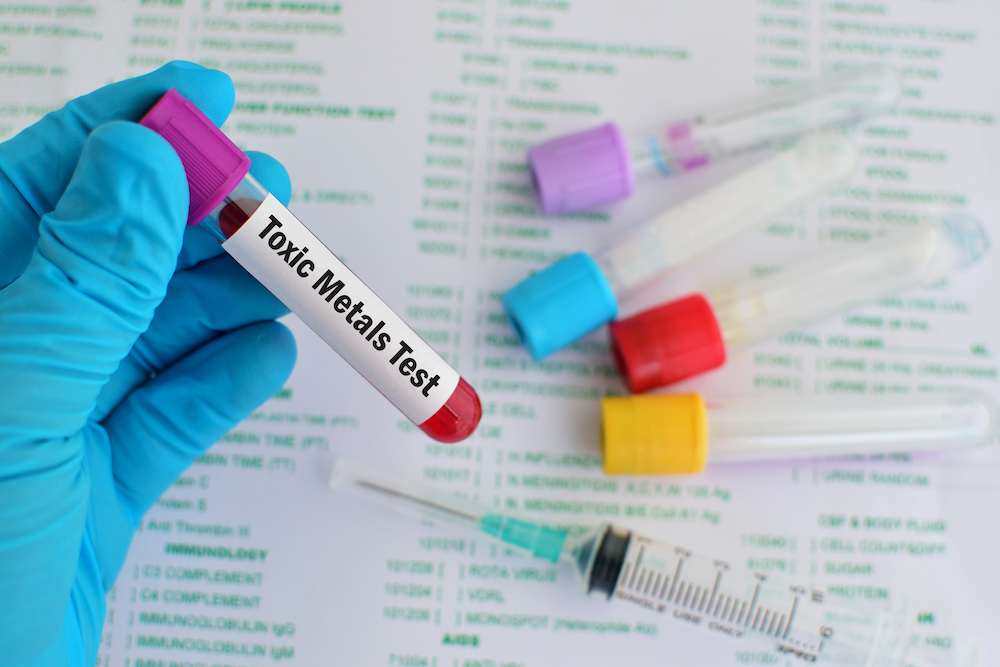Home Health June 10, 2017
What you didn't know was poisonous.


Ever heard of highly fluorinated toxic chemicals?
Not to worry if you haven’t. They’re already in almost every American’s blood today. But they aren’t harmless. These toxic chemicals have been linked to thyroid disease, ovarian and testicular cancer, pancreatic dysfunction and altered hormone levels.
PFC’s reside in many everyday products ranging from clothing and makeup, to cleaning supplies and carpet-stain proofing. And where do those PFC’s end up that we are in contact with everyday?
Recently, the Environmental Working Group and Northeastern University in Boston released a study that highlights the unhealthy truth: harmful PFC’s are found in drinking water systems across 27 U.S. states and in the tap water of over 15 million people.
Essentially, these toxic chemicals are making their way into our water sources. What are we left with? A large volume of contaminated water as a result of simply using toxic, everyday products.
While we can’t always ensure that our own drinking water is nontoxic, there are a few everyday items you’re probably using that have those same PFC’s hidden in their ingredients. So, if you want to stop unknowingly killing your body with secret toxins, keep an eye out for some of these commonly used, toxin-packed products.
You know how sometimes, when you smell too many perfumes, you begin to feel lightheaded, nauseated, and dizzy? Well, that might be because you’re inhaling poison.
Even though your perfume may say that it contains “natural essences,” The Environmental Working Group reports that perfumes often contain at least a dozen hazardous synthetic chemicals (some of which come from petroleum, which we all know is really skin and body friendly). Make sure to check what’s in your perfume!
You may be serving up more than just scrambled eggs in the morning- try scrambled eggs with a side of toxic fumes from a common, nonstick coating called Teflon.
When pots or pans made with Teflon heat up (as they usually do when you place them atop a burning flame), chemical fumes are released into the air. At high cooking temperatures, the fumes are even capable of killing pet birds and inducing humans with flu-like symptoms.
Suggestion to avoid toxic teflon inhalation: consider doing some research before blindly purchasing nonstick cookware.
Makeup, makeup, makeup. We wear mascara and foundation and lipstick and eyeshadow and foundation and eyeliner and did I mention foundation? Unfortunately, a whole host of toxins lurk within most of the products we put on our face every day.
Such toxins include propylene glycol, methylparaben, and propylparaben, all of which are classified as endocrine disruptors. According to a recent report released by the UN and World Health Organization, endocrine disruptors are now considered a “global threat” to fertility and the environment. Basically, they should be avoided at ALL costs. So be sure to check what’s in your makeup.
The FDA and many tampon manufacturers claim that tampons are made with low enough levels of dioxin, a very very very dangerous, harmful, should-not-be-close-to-any-vagina chemical, such that they pose no threat to women’s health. But studies show otherwise. Wondering just how dangerous they are? They’re apparently known for causing reproductive and developmental problems. If you want to be 100 percent sure that your tampons are toxic-free, start here.
Awareness can be a woman’s greatest strength. If everyday products like cosmetics and tampons are potentially toxic, poisonous and harmful, we must make conscious decisions to protect our bodies.
ENTITY hopes that these four, red-flagged items will encourage smarter consumption and promote body conscious, healthy choices.